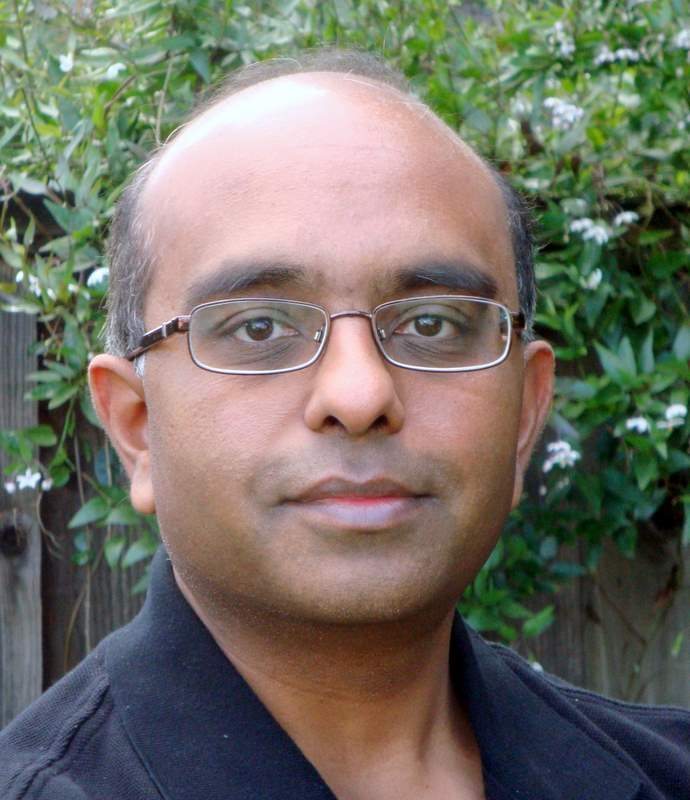Verizon Wireless is serious about monetizing big data, so serious that the company has hired a rocket scientist to lead the effort. Ashok Srivastava landed at Verizon seven months ago after leading the machine learning and intelligent data analysis teams at NASA. He says that in his former job, a typical real-time challenge was analyzing data to decide whether to separate astronauts from a rocket at risk of explosion. The typical time available to make and execute the decision was two seconds.
Wireless carriers may not have much longer than that to offer a customer an interaction that can enhance revenue and loyalty. Finding the right offer for that particular person in that particular moment is where the rocket science comes in.
“We are generating on the order of 5-8 petabytes of data every day,” Srivastava told an audience recently at the Texas Wireless Summit. “And the data about the data — the metadata — is also on the order of about 5-8 petabytes a day. … So on one side you have 5-8 petabytes of data, on the other side you have a customer, and in real-time … you want to do an interaction that is useful and valuable.”
Paring it down
The first step, says Srivastava, is often aggregation and elimination of some data points. Storing all the data it can capture is not practical or useful for Verizon at this time. Instead the focus is on organizing salient data into accessible templates.
“We start to look at statistical descriptions of the data and how the data moves and changes over time,” said Srivastava. “And when you do that, particularly for example on graphs, when you look at changes in graphs over time things start to become vey interesting and very complex.” Too complex, perhaps, for human analysts to react and respond in real time. Srivastava says the ultimate goal is for computers to take over that job.
“The end consumer is another machine that’s taking action on the data that’s coming in — that’s the future that we’re talking about,” he said. “No longer is it about that data being housed in some huge system and then humans kind of going through that data, analyzing and making a decision. … A bigger goal, a more complex goal, is to say that all that data, that 5-8 petabytes, is going into a system that’s making decisions automatically within a few milliseconds about what should happen on the network or with respect to consumers.”
Enterprise customers
Consumers are not Verizon’s only target for its big data initiatives. Srivastava spends many of his days with enterprise customers who want to leverage Verizon’s data, or its data analytics tools.
Right now most enterprise customers are in the United States, but Srivastava sees that changing dramatically in the years ahead as emerging economies rapidly adopt software-as-a-service and infrastructure-as-a-service. “We have the opportunity to create new ecosystems, new platforms that can be used by many companies all over the world,” he said.
Mobile network operators can have a hugely positive impact on people all over the world, according to Srivastava. He said that was one of the big reasons he came to Verizon. “One of the things that was really interesting to me is the opportunity to take large scale machine learning, many petabytes of data being generated per day, a vast network, and putting all these three things together, in order not only to liberate information but to use it in order to increase societal benefit, and that is I think a tremendous opportunity that not only this company has, but many other companies have at their disposal in the future.”
Follow me on Twitter.


